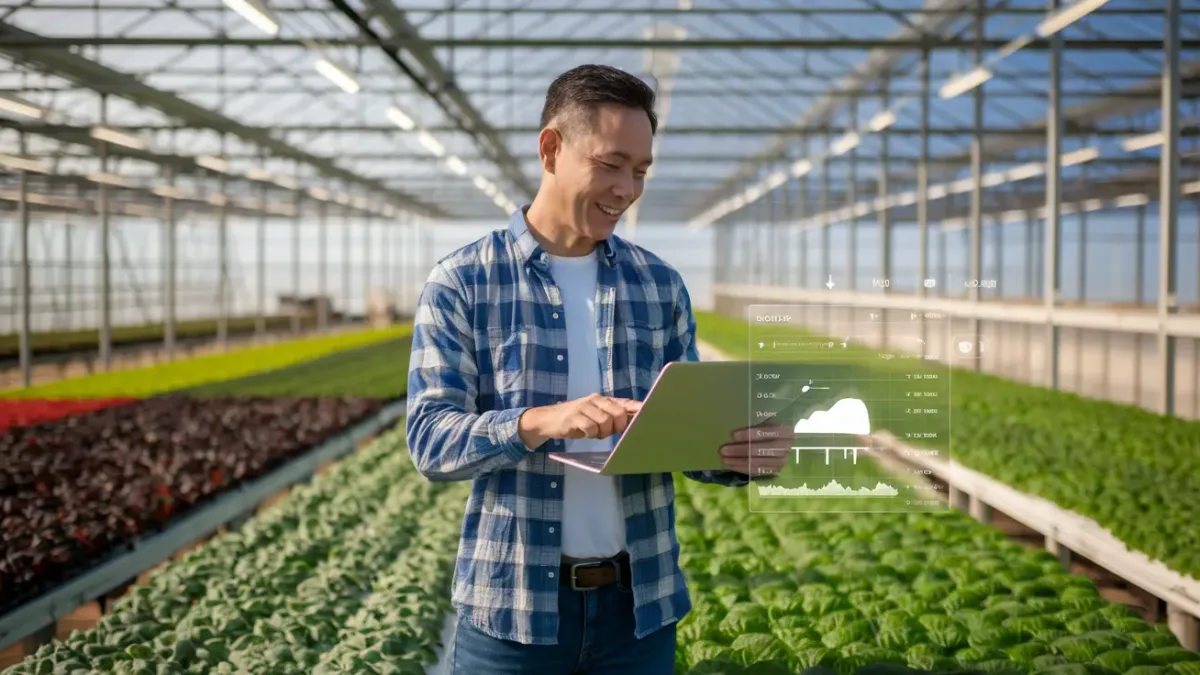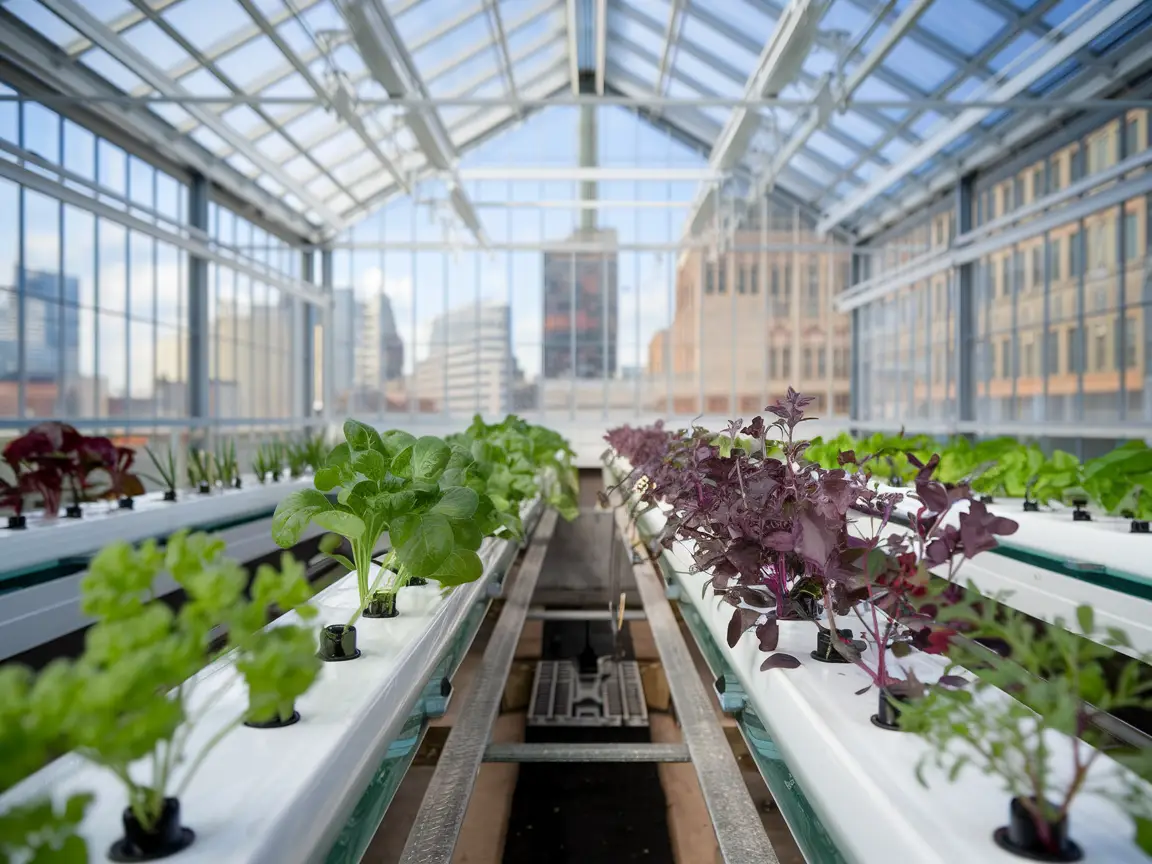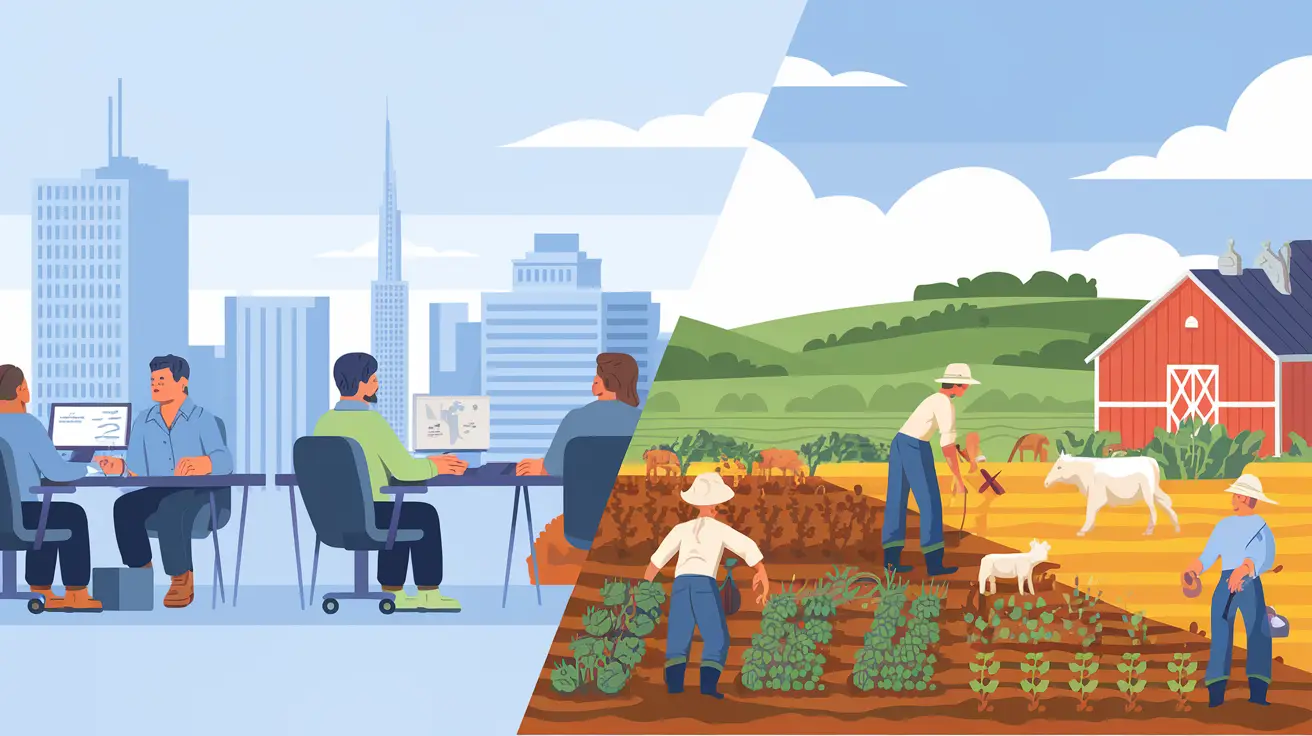TKC’s Smart Greenhouse was launched in July 2024, bringing modern technology to farms in Thailand. It helps produce high-quality products while addressing major challenges like labor shortages, efficiency issues, and environmental concerns. This innovative project leverages the best techniques in modern agriculture to improve production and make it more sustainable.
Here, we look at the key features and benefits of this Smart Greenhouse and how hydroponics plays an important role.
Precision through IoT in the Smart Greenhouse for Healthy Plants
Internet of Things (IoT) Integration
At the heart of the Smart Greenhouse is IoT technology, which, along with hydroponics, creates the perfect conditions for plant growth.
The connected system monitors essential environmental factors such as temperature, humidity, and light. These data are collected in real-time and used to optimally control growing conditions. Farmers can view this information on a central dashboard or mobile devices, helping them maintain control and boost productivity.
This technology also enables a detailed understanding of how different environmental conditions affect the plants, allowing farmers to respond to issues more quickly. This not only improves the quality of the plants but also maximizes harvest yields.
Automation in the Smart Greenhouse
The Smart Greenhouse has automated systems such as misting devices, fans, and fertilizer dispensers. These devices respond instantly to environmental changes, such as temperature fluctuations, creating optimal conditions for plants at all times.
Thanks to this automation, along with hydroponics, farmers require less labor, saving costs and minimizing errors. This makes the entire cultivation process more efficient.
Automation also helps ensure that plants are watered consistently and provided with the right nutrients, which is crucial for healthy plant growth. Automation means farmers can spend less time on daily tasks and focus on more strategic responsibilities.
Sustainable Resource Use in the Smart Greenhouse with Hydroponics
Water Savings through Hydroponics
The Smart Greenhouse uses hydroponics, where water is reused, making this method particularly efficient and environmentally friendly. For example, melon sprouts in this system need only two liters of water per day.
This makes the greenhouse suitable for areas with limited water availability, helping farmers reduce operating costs. Water reuse is especially important in regions affected by drought. By reducing water consumption, the system helps conserve natural water resources and makes agriculture more resilient to climate change and water scarcity.
Protection from Pests and Diseases
The controlled hydroponic environment in the Smart Greenhouse protects plants from harmful diseases and pests, reducing the need for pesticides.
This leads to cleaner, chemical-free crops, meeting consumer demand for safer and healthier fruits and vegetables. Avoiding pesticides also means less environmental impact, as no harmful chemicals leach into the soil or groundwater.
This helps preserve the overall health of the ecosystem and improve the quality of food, which more and more consumers appreciate.
Year-Round Production to Meet Demand in the Smart Greenhouse
Continuous Plant Production
A major advantage of the Smart Greenhouse is that farmers can grow plants year-round, regardless of weather conditions. Thanks to hydroponic technology, the Smart Greenhouse consistently provides optimal growing conditions.
This helps farmers achieve consistent, high-quality harvests, stabilize their income, and meet market demand.
With the ability to grow independently of the seasons, farmers can respond flexibly to market trends and adjust their production to consumer needs. This ensures a steady supply of fresh produce and reduces the risk of income fluctuations caused by seasonal differences.
Plant Selection and Profit Forecasts
With support from Thailand’s Ministry of Agriculture, the Smart Greenhouse provides farmers with information on the profitability of various crops.
This allows them to select crops that are in high demand. This information helps farmers make good decisions and maximize their income.
Data analysis in the Smart Greenhouse enables farmers to track yields accurately and make better decisions for future planting. These data-driven decisions increase the likelihood of growing more profitable crops while making the best use of resources.
A Solution for Thailand’s Labor Shortage: The Smart Greenhouse
Combating Labor Shortages
The number of people working in agriculture in Thailand is shrinking, especially among younger generations. TKC’s Smart Greenhouse is so automated that it requires fewer workers.
This makes it a good solution for farmers struggling to find labor. The hydroponic technology allows farmers to grow crops efficiently without requiring much personnel.
Automated systems like nutrient supply and irrigation significantly reduce the need for manual labor, which is especially helpful when there is a shortage of workers. This means even smaller farms can remain competitive, as they are less dependent on labor.
Income for Older People
As Thailand’s population ages, the Smart Greenhouse also offers older people a chance to earn income.
The system is less labor-intensive and easier to operate thanks to automation and hydroponics. This allows older individuals and those looking for new income sources to remain active in agriculture.
Access to such technology means that even people who are no longer as physically resilient can continue working. The Smart Greenhouse creates an opportunity for these individuals to work in a safe and controlled environment, offering them flexibility and a chance for financial gain.
Economic Impact and Growth of the Smart Greenhouse
Early estimates from TKC indicate that the Smart Greenhouse can reduce water consumption by up to 70% and increase crop yields by 30%. This benefits both the environment and the economic needs of farmers.
As hydroponics and smart agriculture become increasingly important worldwide, this initiative helps position Thailand at the forefront of agricultural modernization in Southeast Asia.
The pilot project is expected to show initial results by the end of 2024. If successful, the Smart Greenhouse could be expanded throughout Thailand. Future expansions could also enable the cultivation of other high-value crops, which would be economically advantageous for many farmers across the country.
Additionally, implementing such technologies could give Thailand a leading role in the region. The experiences and knowledge gained throughout the project could also help other countries modernize their agriculture.
The growth potential is enormous, as the Smart Greenhouse technology can be adapted to various regions and cultures. Other Southeast Asian countries with similar climatic challenges could also find success with this concept.
Knowledge exchange could help adapt and further develop the model to better meet local needs and continue to increase efficiency.
The Future of Agriculture in Thailand with the Smart Greenhouse
TKC’s Smart Greenhouse is a promising blend of innovation and practicality, bringing IoT, automation, and hydroponics to Thai farms.
It improves crop quality, reduces resource consumption, and enables year-round production, addressing major challenges in modern agriculture.
This initiative not only increases farmers’ income but also promotes environmentally friendly methods and positions Thailand as a leader in agricultural advancement in the region.
The opportunities this project offers are vast. It could improve the lives of farmers in Thailand while helping to strengthen sustainability in agriculture. It also shows how technology and innovation can work together to solve real problems and create a better future for everyone involved.
The Smart Greenhouse is not just a technical innovation but also a solution that makes agriculture safer and more productive for future generations.
It helps bridge the gaps caused by labor shortages and also offers older people an opportunity to remain active. Overall, it contributes to improving the quality of life for farmers and ensures that agriculture in Thailand continues to play a vital role in the economy and society.



